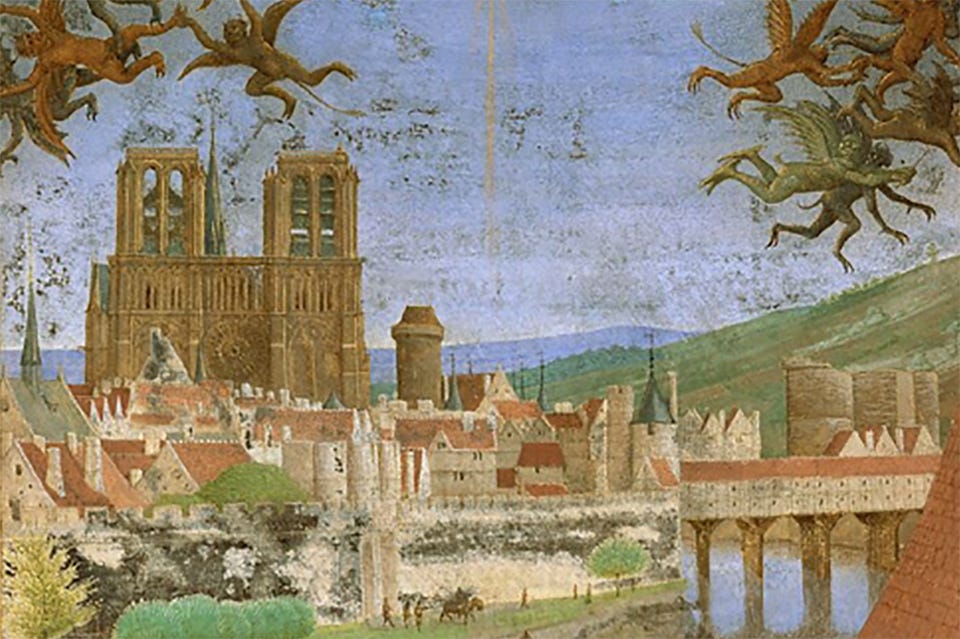The Vineyards of the Île-de-France
Once the premium wine producer of France, and the largest wine producing region in the world
The surface of the earth is an ever-changing mosaic built up and torn down by mankind, whose dreams, memories, and reflections determine creative, as well as destructive actions. What was once a forest is then a field, a vineyard, a factory, and now a suburb.
Looking at Paris through the entangled tendrils of grapevines, its current vineyards still bearing testimony to a past where vines covered most of the city and the ‘island of France’, we discover an agrarian culture that has evolved into an urban landscape, itself transformed, transmuted, and transfigured repeatedly throughout the ages.

Imagine a verdant, vigorous, and vivifying vineyard stretching along the banks of the Seine from the Place Saint Michel and the rue Saint-André-des-Arts to the rue Dauphine. This was the Clos de Laas. Or the hillside of the Montagne Sainte-Genevieve covered in vines (the Pantheon has not yet appeared, but the Abbaye Sainte-Genevieve built by King Clovis still standing where the Lycée Henri IV stands today), the slow pace of agrarian life punctuated by the boisterous laughter and song of Latin-speaking students gathered in the taverns of the Place de la Contrescarpe outside the Philippe Auguste wall, where wine was untaxed.
Keep reading with a 7-day free trial
Subscribe to Paris Wine Walks to keep reading this post and get 7 days of free access to the full post archives.


